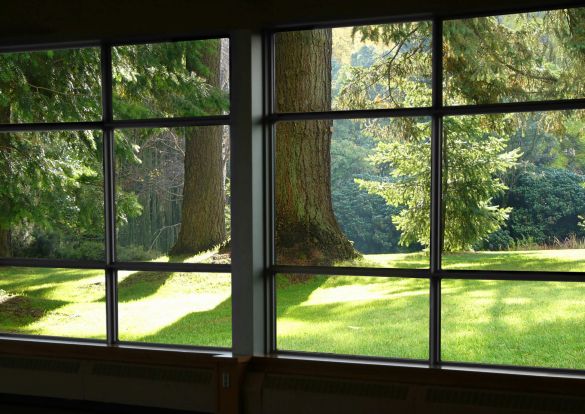A Brief History Of Seattle
Seattle and Its Trees: A Brief History
In many ways, trees define the history of Seattle.
Europeans who settled in the Northwest saw the region’s forests as an economic opportunity. Seattle and the state of Washington became famous for its majestic trees, which included stands of cedar, hemlock, spruce, and Douglas fir.
With eastern U.S. forests depleted by the 1850s, the regional timber industry around Seattle expanded. The concept of sustainability was virtually unknown, and clearcutting provided wood for construction in the city and throughout the country.
The logging industry, along with the California Gold Rush, spurred Seattle’s growth in the latter part of the 19th century. Mills dotted the landscape around Seattle. Until the disastrous fire of 1889, most homes and buildings in the city were wood. Wooden ships built in Seattle transported timber to San Francisco.
Eventually, lumber companies, unions, the government, and the public realized that unfettered logging could not continue. Residents elected representatives who helped to preserve large areas of trees with laws, regulations, and sustainability practices.
In the late 20th century, Seattle’s trees also came to be regarded as a cherished resource. Mature trees characterize many neighborhoods and parks and organizations such as the local agency Trees for Seattle seek to preserve trees and educate the public about their value.
Today, Seattle has a diverse population of trees. Before Europeans moved in, several dozen types of trees inhabited the Seattle area. As the city grew, many more species were introduced, thriving in the region’s temperate, moist climate. Due to the effort of public and private enterprises that promote tree plantings, observers say there are nearly 1,500 tree species in and around Seattle today.
Seattle’s Parks and a Legacy of Trees
Seattle’s trees play a crucial role in the construction of the city’s parks. John C. Olmsted, the stepson of the designer of New York’s Central Park, was commissioned in 1903 to create a master park plan for Seattle.
In addition to adding many trees to the city’s canopy by helping establish nearly 40 parks, Olmsted also worked to reinvigorate the appearance of existing parks. One stellar example of Olmsted’s legacy in Seattle is Woodland Park, north of the city’s Fremont neighborhood. Magnolia, beech, cedar, sycamore, and locust trees are among the species in Woodland Park.
American Forests, a conservation group, credits Seattle with having one of the nation’s best urban forests. Seattle’s municipal government conducts “tree walks” in many neighborhoods to heighten awareness and appreciation of the city’s excellent collection of trees.
Arborwell Works to Preserve and Enhance Seattle’s Trees
Arborwell supports Seattle’s status as a city that values its trees. Through a variety of services, we work to conserve trees and promote new plantings in Seattle and surrounding communities.
Arborwell offers tree management programs, consulting, and health services to commercial clients who care about helping Seattle live up to its “Emerald City” nickname.
A report from one of our certified Seattle arborists is a valuable tool for companies that want to protect their property’s value by utilizing its data on tree conditions, sizes, location, and species.
As our history of Seattle illustrates, trees are a reflection of how much society cares about the environment. Let the professionals at Arborwell help you gain a deeper understanding of the trees on your property. For a consultation, call today.
